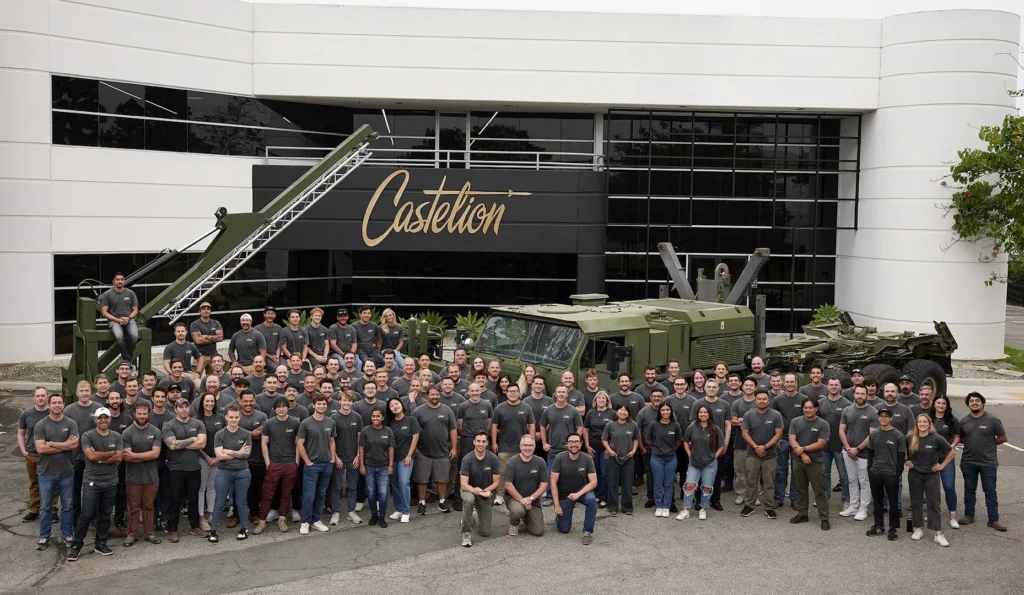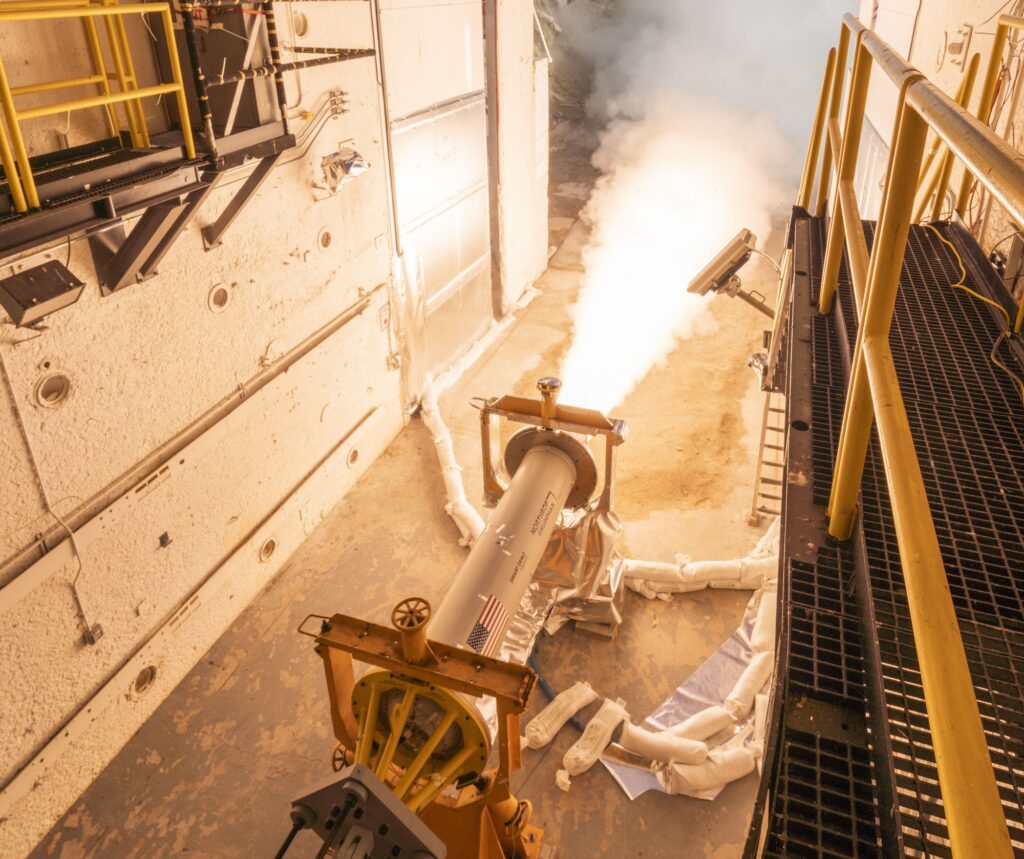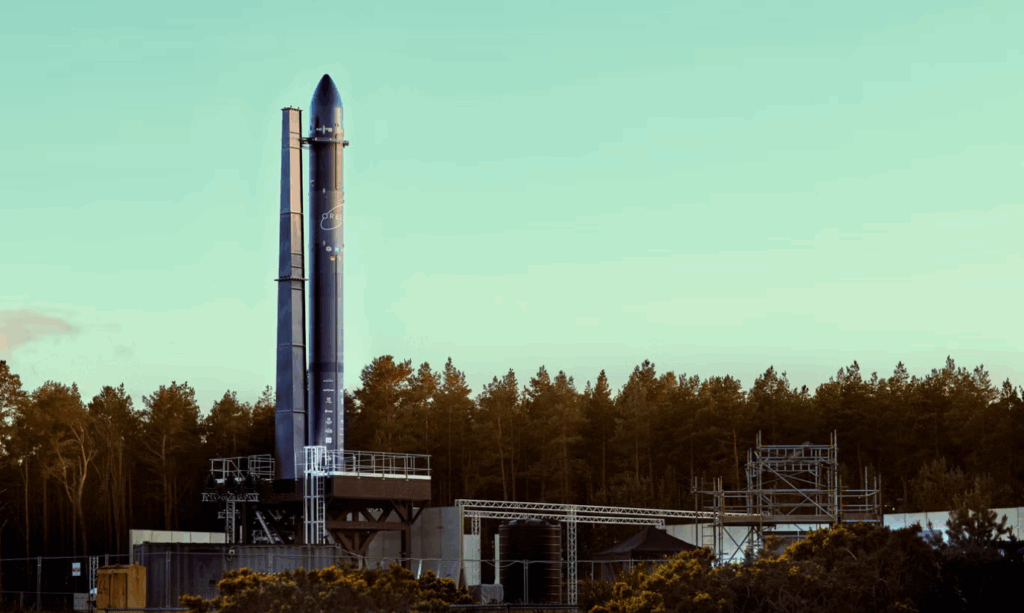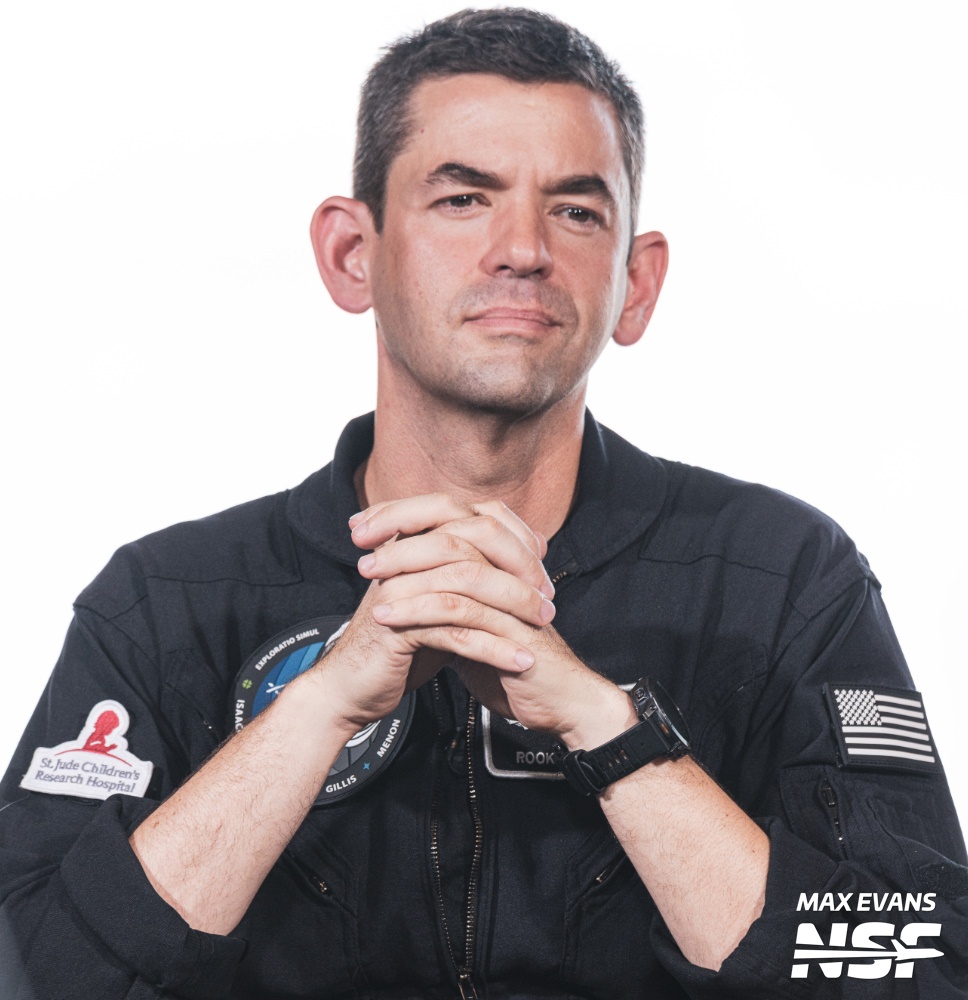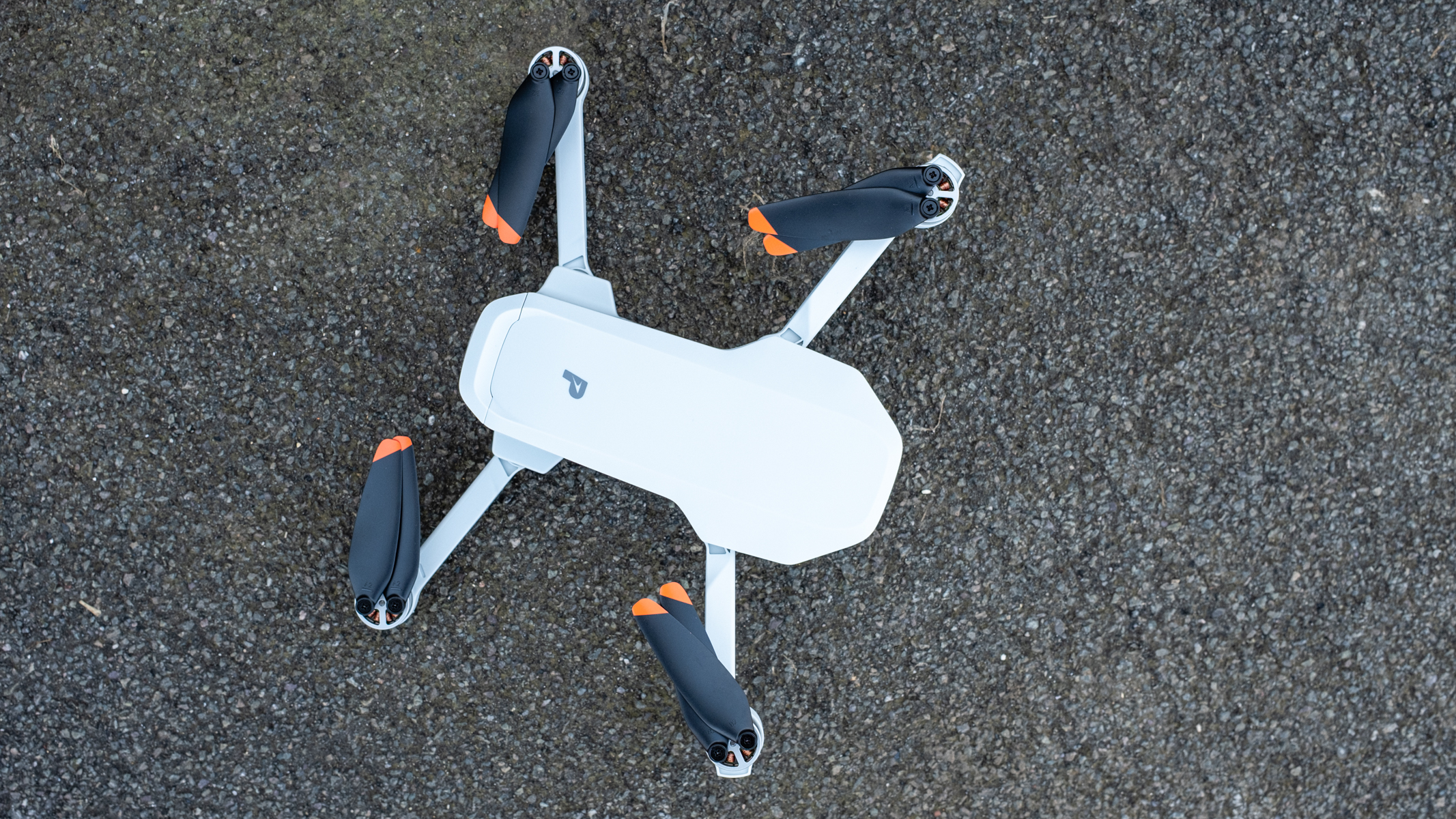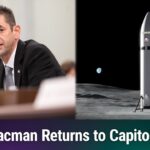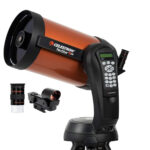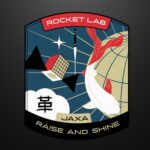Now Reading: The astronaut who filmed the Dream is Alive
-
01
The astronaut who filmed the Dream is Alive
The astronaut who filmed the Dream is Alive
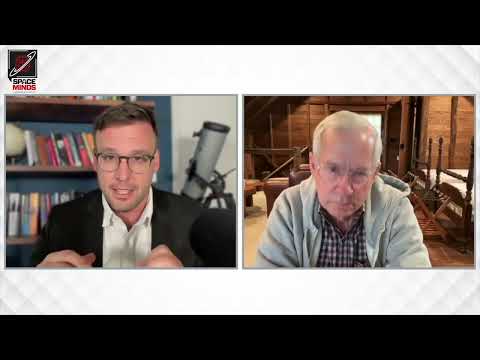
In this episode of Space Minds, host David Ariosto speaks with Terry Hart, former NASA astronaut and mission specialist on the Space Shuttle Challenger. Hart reflects on the triumphs of early shuttle missions, the lessons of the Challenger tragedy, and how those experiences shape today’s commercial space era led by companies like SpaceX and Blue Origin.
Now a professor at Lehigh University, Hart shares insights on leadership, safety, and the enduring human drive to explore. This conversation connects the legacy of the Shuttle program to the future of human and commercial spaceflight.
Show notes and transcript
Click here for Notes and Transcript
Time Markers
00:00 – Episode introduction
00:26 – Welcome Terry
01:10 – Challenger
02:32 – The early Shuttle era
04:20 – Public perception
07:00 – The new challenges
08:44 – An early skeptic of commercial crew
09:59 – Spaceflight risk today
12:35 – Teaching the next generation and motivation
13:53 – On NASA and commercial roles
17:29 – IMAX and storytelling
19:35 – The future of space operations an human spaceflight
21:10 – The analogy between commercial aviation and spaceflight
22:31 – On risks
24:29 – Space is inherently optimistic
26:40 – Safety culture
Transcript – Terry Hart Conversation
This transcript has been edited-for-clarity.
David Ariosto – Terry Hart, it is really good to see you again.
Terry Hart – Thank you, David. Good to see you, yeah.
David Ariosto – So let’s get a little bit of context here. You’re a former astronaut, former mission specialist on Challenger. You operated the IMAX camera for The Dream Is Alive, which helped deploy that long-duration exposure facility back in ’84. Before we get into everything else, I think sometimes that’s almost overlooked in the context of how big of a deal that was — the first real long-term exposure data in the harsh environment of low Earth orbit. It was this large, free-flying spacecraft that could conduct long-term experiments, and the value of that was incredible.
But when I say Challenger, I don’t think people think of that. Admittedly so, right? They think of what happened two years later — seventy-three seconds after launch on January 28, 1986 — and the loss of life that happened because of the failure of that rubber O-ring on the solid rocket booster, which failed in the cold weather. I remember myself being in grade school, and like a lot of kids across the country, teachers had turned their TVs on to watch that countdown because of Christa McAuliffe, the first teacher in space.
In January, it will be forty years since that tragedy. It seems like one of those moments in our nation’s history — JFK’s assassination, 9/11, Challenger, and then, years later, Columbia. You were part of that astronaut corps. You knew Dick Scobee, who commanded Challenger. Could you start us off by painting a picture of what that era was like — what that group was like, and the folks who were part of that mission?
Terry Hart – Sure, yeah. It was a national tragedy, of course, especially with Christa McAuliffe on board. Dick Scobee was actually the pilot on my mission. We flew together on the fifth flight of Challenger. Then he was commander on the tenth flight — the 25th flight of the program. Mike Smith, his pilot, was my best friend there. It was a hard day for everybody.
Most of us close to the program figured that at some point, you were likely to lose one. It’s a dangerous business. Spacecraft fly about a hundred times faster than airplanes, and the energy involved goes with the square of that velocity — ten thousand times more energy to get into orbit than to take off in an airplane. So we knew it was always going to be dangerous.
We figured maybe we’d lose one because of something mechanical, like a turbine blade coming off, but to lose one because of a known problem that wasn’t shared across the program — that was really disheartening. We certainly should not have lost that one. And I think similar feelings existed about Columbia — clear indicators of problems that should have gotten more attention.
David Ariosto – I think there was also this sense that some of these launches were no longer carried by major media outlets, even during the Apollo era. There was almost a criticism that the moon landing had become humdrum, and the same thing was happening with shuttle flights. Some saw it as routine — like commercial air travel. How did that change public perception, and what are the echoes of that as we move forward?
Terry Hart – It’s difficult because it’s human nature. Once things start to look routine, we take our minds off them a bit. You need two things to run a safe, high-risk program like spaceflight will always be — leadership and teamwork.
We had incredible leadership at NASA — people like Chris Kraft and Gene Kranz. They kept their foot on the pedal with safety and quality and didn’t let anyone forget it. But that’s hard to do, especially with budget and schedule pressures. Challenger happened, in part, because those pressures eroded communication — like Huntsville not sharing seal problems with Houston. That’s a breakdown of teamwork, and it was terrible.
David Ariosto – Yeah, I mean, it’s harder. There are more challenges now — long-term radiation exposure, micrometeoroids, space debris — especially that last one, which is increasing. But I wonder if you can relate those experiences to where the industry is now, with companies like SpaceX, Blue Origin, and Rocket Lab taking the lead.
Terry Hart – That’s a good question. The executives at these private companies need to be thinking about those same lessons — especially when human flight is involved. I was skeptical when NASA shut down the shuttle program and handed crew transport over to SpaceX.
David Ariosto – You were one of the skeptics?
Terry Hart – Yeah, I was skeptical and concerned. We had that hiatus when we could only reach the Space Station using Russian Soyuz rockets, which was unfortunate. But the progress SpaceX has made is impressive — and continues to be. I hope the safety culture is strong there. Many of my former students work at SpaceX, and I think they take that seriously. Profit also motivates safety — just like Boeing and Airbus focus on safety because you can’t sell airplanes that crash. SpaceX and Blue Origin need that same focus, especially when humans are aboard.
David Ariosto – That’s the difference, right? We’ve seen so much success in commercial launches, but the shuttle flew 135 missions or so. SpaceX hasn’t come close to that yet in human flights. And if a Challenger-like disaster happened today, how would it affect public perception, legislators, and the momentum for exploration? How do we balance safety with the need to keep pushing technological boundaries?
Terry Hart – It’s in our nature to explore. That won’t go away. People share in those next steps vicariously — we can’t all go to Mars or the Moon, but we feel part of it. My students at Lehigh come with that same passion.
David Ariosto – You’re a professor there at Lehigh?
Terry Hart – Yes. And that passion often starts when they’re young — maybe five years old — seeing something exciting happen in space. That spark drives them to study aerospace engineering, and I see that excitement every day. But we also have to balance that passion with risk. You need leadership to decide how much risk is acceptable. You can’t eliminate it — but you can manage it, and you can never compromise safety for budget or schedule.
David Ariosto – You know, I wonder if you can take what you just said and relate it to the broader paradigm. NASA now leans more on commercial companies. That’s part of how Washington sees the new space race — with China, for example, and programs like CLPS and Artemis. The commercial sector operates in low Earth orbit, but now it’s expanding toward the Moon and even Mars. How do you feel about exploration shifting from a nationalized effort to something more commercial?
Terry Hart – I wouldn’t have predicted that shift, but it makes sense. Decades ago, breakthroughs came from DoD funding — now the government buys commercial tech instead. The same thing is happening in space. Companies like SpaceX can push exploration because of passion — Elon Musk wants to go to Mars — but it’s not self-sustaining. You still need NASA for the hard stuff: propulsion systems, nuclear power, lunar resources. That’s where there’s no immediate profit. But yes, it’s remarkable that a company could help fund a mission to Mars just because its CEO wants to.
David Ariosto – That’s a great point. No private company is building its own James Webb Space Telescope, but you mentioned television — that’s a good segue to your work with IMAX. You operated the IMAX camera on Challenger. For those who haven’t seen The Dream Is Alive, what was that like, knowing you were capturing this for audiences on Earth?
Terry Hart – We were the first crew to fly the IMAX camera, and it was a great experience. I got to know Graham Ferguson, the head of IMAX, really well. On the ground, the camera was huge and heavy, and changing film in a light-proof bag was tough. But in space, it was easy — weightlessness made it effortless. It was actually one of the few things that’s easier in space than on Earth.
David Ariosto – Yeah, and that was more than forty years ago. Challenger was more than forty years ago. Now we’re talking about Moon bases, Mars, and telescopes like James Webb peering back to the dawn of the universe. What does that say to you about the future of operations in space and human spaceflight? Are we entering a new golden age?
Terry Hart – I think so. Technology, especially AI, is key. When you go as far as Mars, the communication delay is thirty or forty minutes round trip, so you can’t rely on real-time control from Earth. We’ll need either humans or AI to make real-time decisions out there. AI can also make space more accessible and efficient — we’re crossing an important threshold in how we operate in space.
David Ariosto – Do you think we’ll ever reach a point where spaceflight is as routine as commercial aviation?
Terry Hart – Gradually, maybe, but the physics are just so different. The energy to get into orbit will always make it more dangerous than flying. But we’ll keep improving — better propulsion, reusable systems, bases on the Moon — and we’ll learn how to live in space as we move farther out.
David Ariosto – It’s interesting, too, in terms of public perception. People no longer gather around TVs the way they did during Apollo or Challenger. What do you say to your students about exploration — knowing that someday, others will likely die in space?
Terry Hart – We focus on the positive, but always keep risk in mind. When you’re young, like I was when I joined NASA, you accept the danger because being part of exploration is worth it. Then you spend your career minimizing that risk. My students are optimistic — they don’t need to be convinced. They want to go out there and make it happen.
David Ariosto – The interesting thing about space is that it’s inherently optimistic — full of infinite possibilities. As a journalist, I’ve seen that mix of people: engineers, machinists, physicists — all working side by side. There’s a camaraderie there. But as commercial space grows, so do the risks. Would you agree that there’s still a big question mark about what comes next?
Terry Hart – That’s part of the excitement. In my lectures, I take students through a century of flight — from the Wright Brothers to the Space Station. The pace of progress has been staggering, and it’s only accelerating.
David Ariosto – Alarmingly fast, right? Especially now with AI and quantum technology.
Terry Hart – Exactly. But if you look back 100 years, it’s clear how far we’ve come. The safety culture in aviation evolved too — it used to be far more dangerous. The same thing will happen in space. We’ll evolve, just as aviation did, and in a hundred years, people will look back amazed.
David Ariosto – I think that’s a good place to leave it. Terry Hart — former astronaut, mission specialist on Challenger, professor at Lehigh, and operator of that IMAX camera on the 1984 STS-41C flight — thank you so much for joining us.
Terry Hart – Thank you, David. Nice to be with you.
About Space Minds
Space Minds is a new audio and video podcast from SpaceNews that focuses on the inspiring leaders, technologies and exciting opportunities in space.
The weekly podcast features compelling interviews with scientists, founders and experts who love to talk about space, covers the news that has enthusiasts daydreaming, and engages with listeners. Join David Ariosto, Mike Gruss and journalists from the SpaceNews team for new episodes every Thursday.
Watch a new episode every Thursday on SpaceNews.com and on our YouTube, Spotify and Apple channels.
Be the first to know when new episodes drop! Enter your email, and we’ll make sure you get exclusive access to each episode as soon as it goes live!
Space Minds Podcast
“*” indicates required fields
Note: By registering, you consent to receive communications from SpaceNews and our partners.
Stay Informed With the Latest & Most Important News
Previous Post
Next Post
-
 012024 in Review: Highlights from NASA in Silicon Valley
012024 in Review: Highlights from NASA in Silicon Valley -
 02Panasonic Leica Summilux DG 15mm f/1.7 ASPH review
02Panasonic Leica Summilux DG 15mm f/1.7 ASPH review -
 03How New NASA, India Earth Satellite NISAR Will See Earth
03How New NASA, India Earth Satellite NISAR Will See Earth -
 04And Thus Begins A New Year For Life On Earth
04And Thus Begins A New Year For Life On Earth -
 05Astronomy Activation Ambassadors: A New Era
05Astronomy Activation Ambassadors: A New Era -
06SpaceX launch surge helps set new global launch record in 2024
-
 07From Polymerization-Enabled Folding and Assembly to Chemical Evolution: Key Processes for Emergence of Functional Polymers in the Origin of Life
07From Polymerization-Enabled Folding and Assembly to Chemical Evolution: Key Processes for Emergence of Functional Polymers in the Origin of Life













